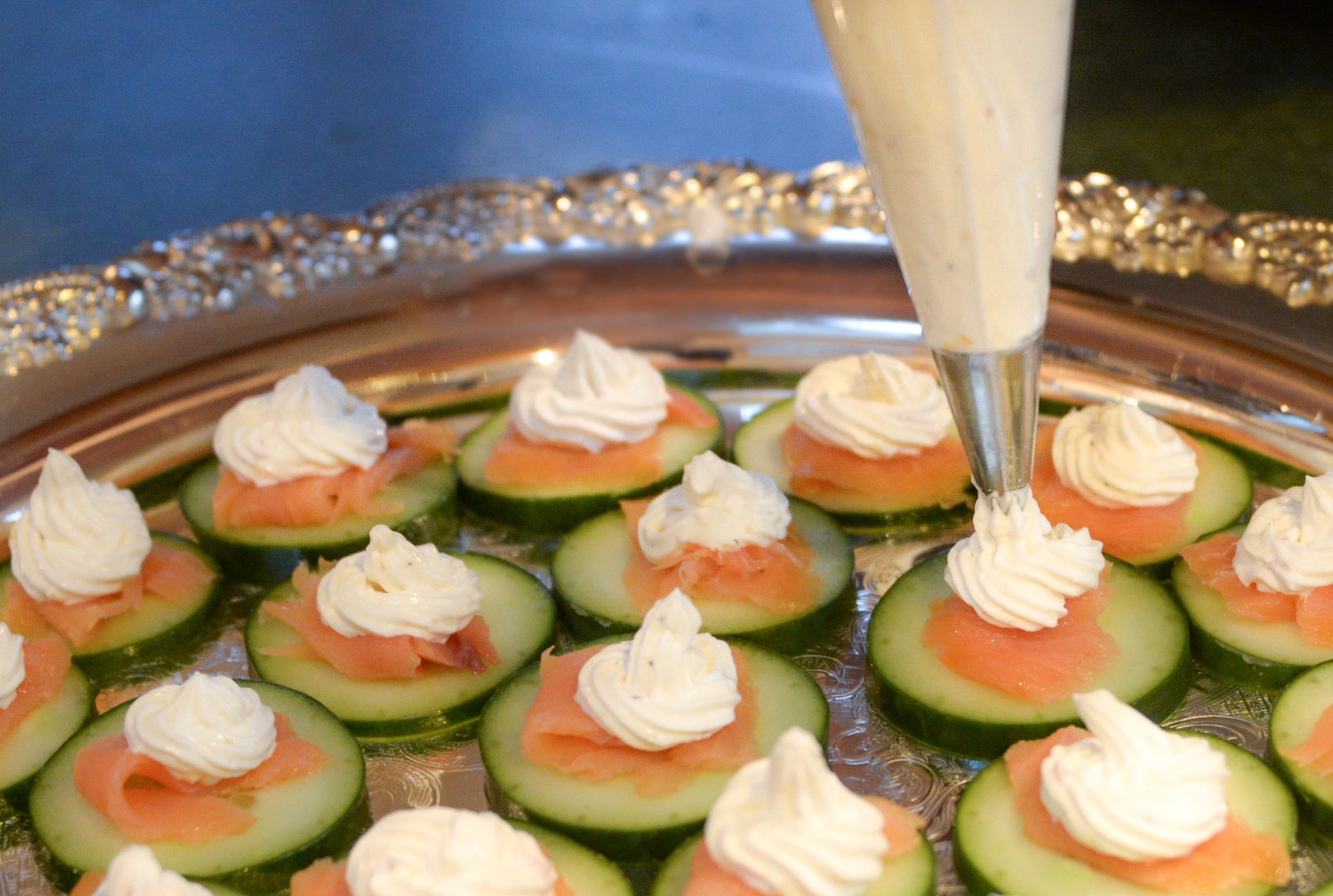The Year of the Beet?
Although beets didn’t make the list of 2012 food trends, I’m beginning to think that they should have. Everywhere that I go, I see these gorgeous root vegetables. Even restaurants pledging to serve seasonal, local foods are doling out salads, soups and sides of purple, golden, white and candy cane-striped beets. I’m not complaining. If there’s one vegetable that I can happily eat day in and day out, it’s a sweet beet. Beauty as well as taste must be influencing this current craze for you just can’t beat the aesthetics of this veggie. Tumble a handful of luscious magenta beets over a mound of otherwise bland greens and you go from dull to dazzling in seconds. Toss a few yellow slices atop pasta or grilled chicken and you end up with a sunny meal to brighten the chilliest and rainiest spring days. Sold year-round, beets are at their peak from June to October. During this time I can buy the usual purple as well as the more colorful varieties. I can also pick up crisp …
